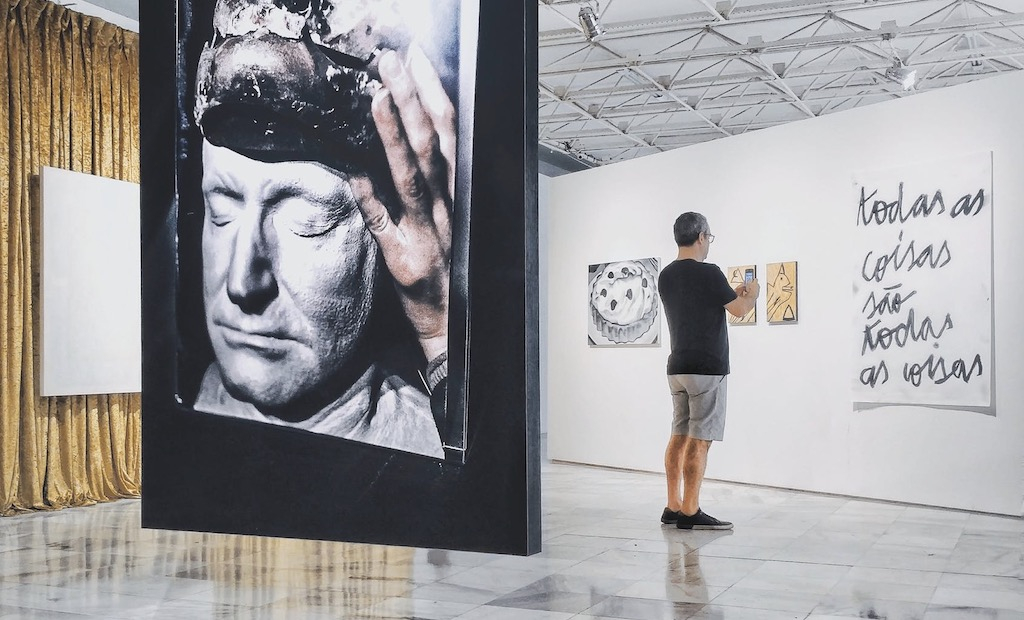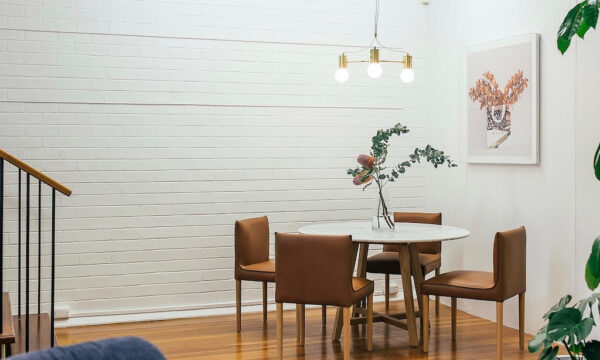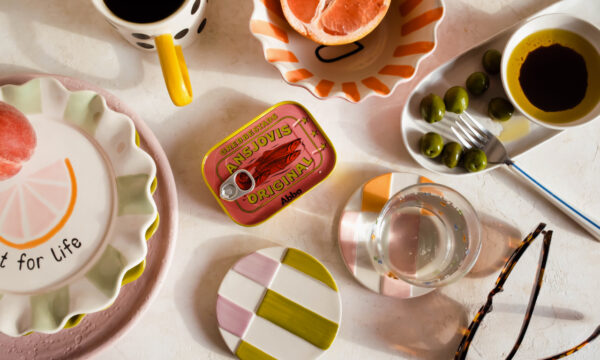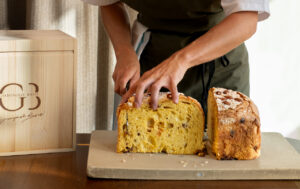How to prepare for an art exhibition

As well as a talent for craft, putting on an exhibition takes a combination of solid preparation and connection with the audience.
Organising a show is both exciting and nerve-racking in equal measures, as one hopes that visitors will admire both its vision and its execution. If they appreciate it enough, they may even buy a few pieces.
The location is chosen, the exhibition date set and it’s been decided how many pieces to display. Below is a further look at how to prepare for the exhibition.
Trial the arrangement of the work
It’s important to know the size of the exhibition space so that it’s then possible to create a mock-up and see how all the different pieces will work together. Measure the size of the pieces and draw to-scale diagrams. If there’s enough space at the studio or at home, it can even be useful to trial different arrangements and see which works best. This will take the worry out of wondering whether everything will fit the space properly.
Frame the work
Choose a frame that’s elegant but doesn’t distract visitors from the piece – the frame shouldn’t steal the limelight from the work. Black or white frames are often a reliable bet. It may even work not to frame some of pieces at all, in which case extra hardware will be needed to hang them.
A note on sculptures
Of course, some work, such as sculptures, won’t be frameable. When displaying a sculpture, choose a pedestal that blends in with the rest of the display room. Shelves can be suitable for smaller sculptures.
Sculptures should, ideally, be visible from multiple angles, and lighting is important. A light should never be placed directly below or behind a sculpture, nor should the spotlight be so dramatic that it distracts visitors from the piece itself.
Keep an inventory
It’s good practice to keep an inventory of everything in the exhibition. List the name of the piece(s), the measurements and the prices, and add to the list prints, accessories or anything else on sale.
Two copies of the inventory should be kept: one for personal records and one for the exhibition, and take photographs of the work before framing it so the image can be placed in the relevant portfolio.
Pack and transport art safely
Work needs to be packed and transported safely to the exhibition space. It should be stowed in a box with three inches of space on all sides of the frame, with the piece wrapped in acid-free tissue paper and then in bubble wrap. Some foam layered across the bottom of the box and padding in the surrounding open areas will ensure pieces remain intact.
For sculptures, bubble wrap rolled twice around the bottom half of the sculpture, followed by the same for the top half, is best. The bubble wrap should overlap in the middle. The box for the piece should be filled with shredded paper with a hole in the middle for the sculpture.
It’s paramount that the work arrives at the exhibition safely. If some pieces are large, it’s worth considering hiring a professional man-with-a-van service, packing everything as described ahead of time to avoid damage on the journey.
Create a price list and business cards
Before opening the exhibition it’s important to draw up a price list and design some business cards. They should be placed somewhere visitors will find them easily. In large spaces, the price list and cards should available in several different areas of the exhibition so that potential buyers aren’t hunting for the price list or cards.
Exhibiting art successfully involves being personable and likeable. It’s an opportunity to talk to visitors and give them the chance to ask questions or, if they don’t have any, ask how they discovered the exhibition. It’s all about connecting with the audience. Combined with other preparations, this can make an exhibition a success.
The editorial unit























Facebook
Twitter
Instagram
YouTube
RSS